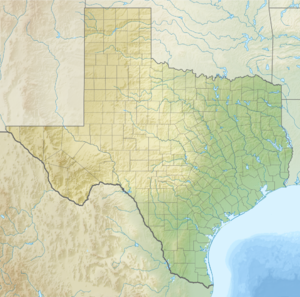
Back USS Lexington (CV-16) Afrikaans USS Lexington (CV-16) Czech USS Lexington (CV-16) German USS Lexington (CV-16) Spanish یواساس لکسینگتون (سیوی-۱۶) Persian USS Lexington (CV-16) Finnish USS Lexington (CV-16) French USS Lexington (CV-16) Croatian USS Lexington (CV-16) Italian レキシントン (CV-16) Japanese
 USS Lexington underway on 16 August 1958
| |
| History | |
|---|---|
| Name | Lexington |
| Namesake | |
| Ordered | 9 September 1940[1] |
| Builder | Fore River Shipyard |
| Laid down | 15 July 1941 |
| Launched | 23 September 1942 |
| Commissioned | 17 February 1943 |
| Decommissioned | 23 April 1947 |
| Recommissioned | 15 August 1955 |
| Decommissioned | 8 November 1991 |
| Reclassified |
|
| Stricken | 8 November 1991 |
| Status | Museum ship |
| General characteristics | |
| Class and type | Essex-class aircraft carrier |
| Displacement | |
| Length | |
| Beam | 93 ft (28.3 m) |
| Draft | 34 ft 2 in (10.41 m) |
| Installed power |
|
| Propulsion |
|
| Speed | 33 knots (61 km/h; 38 mph) |
| Range | 14,100 nmi (26,100 km; 16,200 mi) at 20 knots (37 km/h; 23 mph) |
| Complement | 2,600 officers and enlisted men |
| Armament |
|
| Armor |
|
| Aircraft carried |
|
USS Lexington Museum on the Bay | |
| Coordinates | 27°48′54″N 97°23′19″W / 27.81500°N 97.38861°W |
| Built | 1942 |
| NRHP reference No. | 03001043[2] |
| Significant dates | |
| Added to NRHP | 31 July 2003 |
| Designated NHL | 31 July 2003[3] |
USS Lexington (CV/CVA/CVS/CVT/AVT-16) is an Essex-class aircraft carrier built during World War II for the United States Navy. Originally intended to be named Cabot, the new aircraft carrier was renamed while under construction to commemorate the recently-lost USS Lexington (CV-2), becoming the sixth U.S. Navy ship to bear the name in honor of the Battle of Lexington.
Lexington was commissioned in February 1943 and saw extensive service through the Pacific War. For much of her service, she acted as the flagship for Admiral Marc Mitscher, and led the Fast Carrier Task Force through their battles across the Pacific. She was the recipient of 11 battle stars and the Presidential Unit Citation. Following the war, Lexington was decommissioned, but was modernized and reactivated in the early 1950s, being reclassified as an attack carrier (CVA). Later, she was reclassified as an antisubmarine carrier (CVS). In her second career, she operated both in the Atlantic/Mediterranean and the Pacific, but spent most of her time, nearly 30 years, in Pensacola, Florida, as a training carrier (CVT).
Lexington was decommissioned in 1991, with an active service life longer than any other Essex-class ship. Following her decommissioning, she was donated for use as a museum ship in Corpus Christi, Texas. In 2003, Lexington was designated a National Historic Landmark. Though her surviving sister ships Yorktown, Intrepid, and Hornet carry lower hull numbers, Lexington was laid down and commissioned earlier, making Lexington the oldest remaining fleet carrier in the world.
- ^ "National Register Information System – (#03001043)". National Register of Historic Places. National Park Service. 9 July 2010.
- ^ "Lexington, USS (Aircraft Carrier)". National Historic Landmark summary listing. National Park Service. Archived from the original on 16 May 2012. Retrieved 4 September 2012.
© MMXXIII Rich X Search. We shall prevail. All rights reserved. Rich X Search

